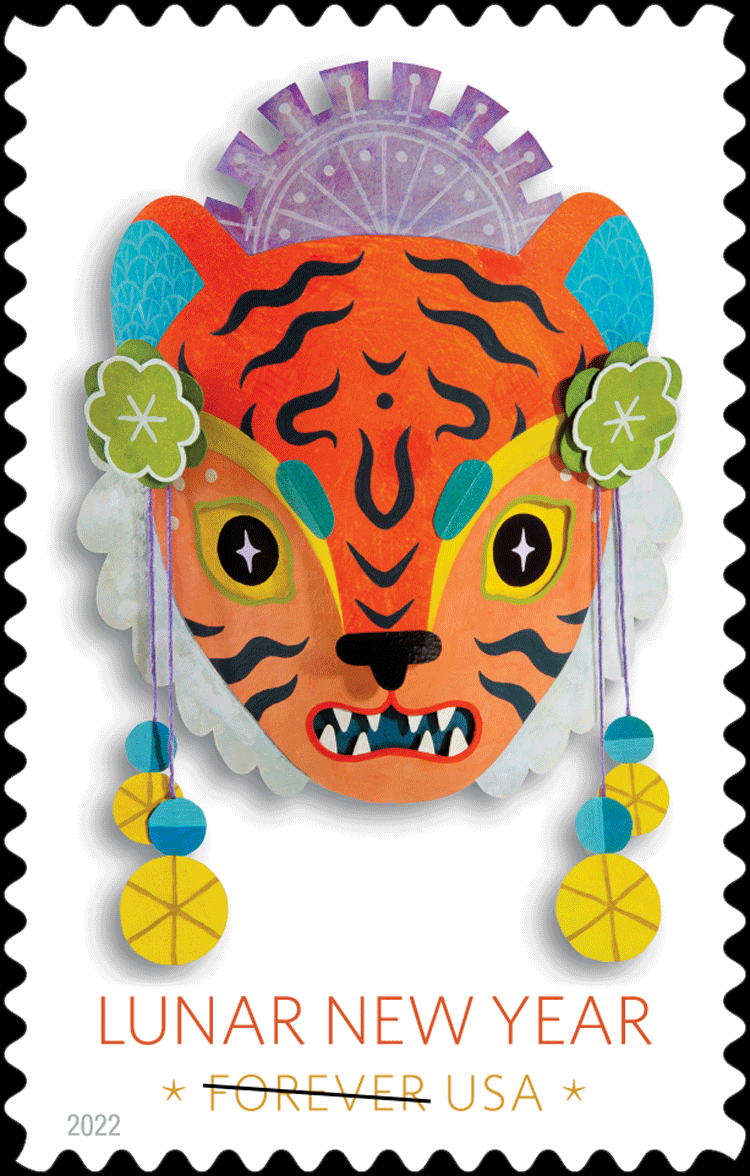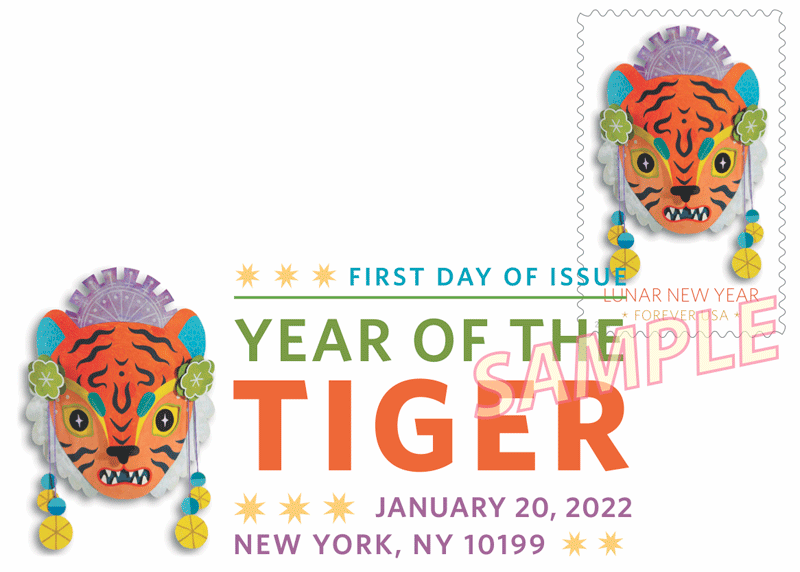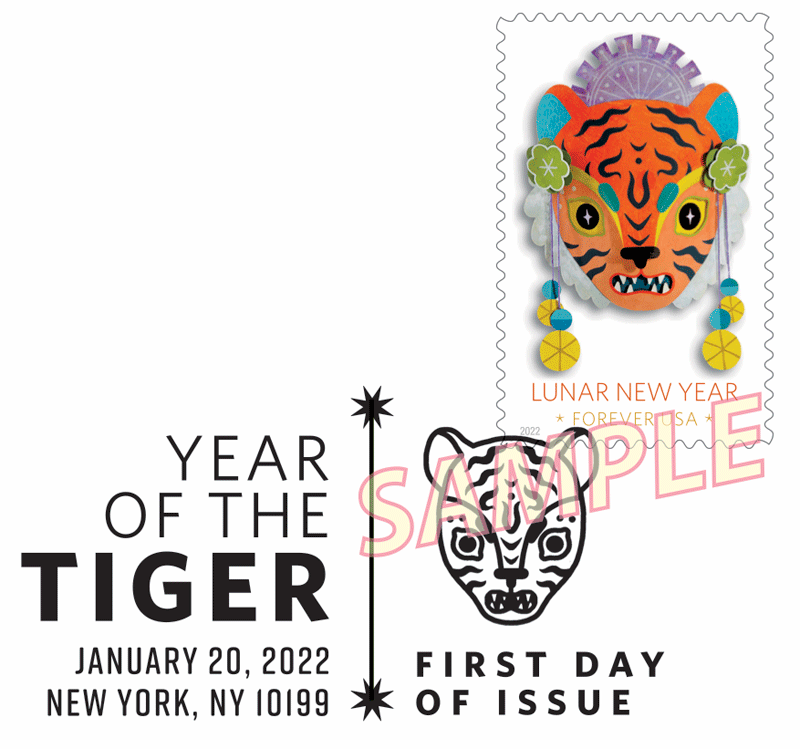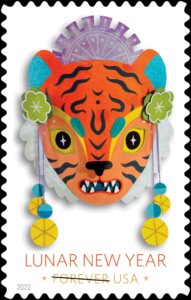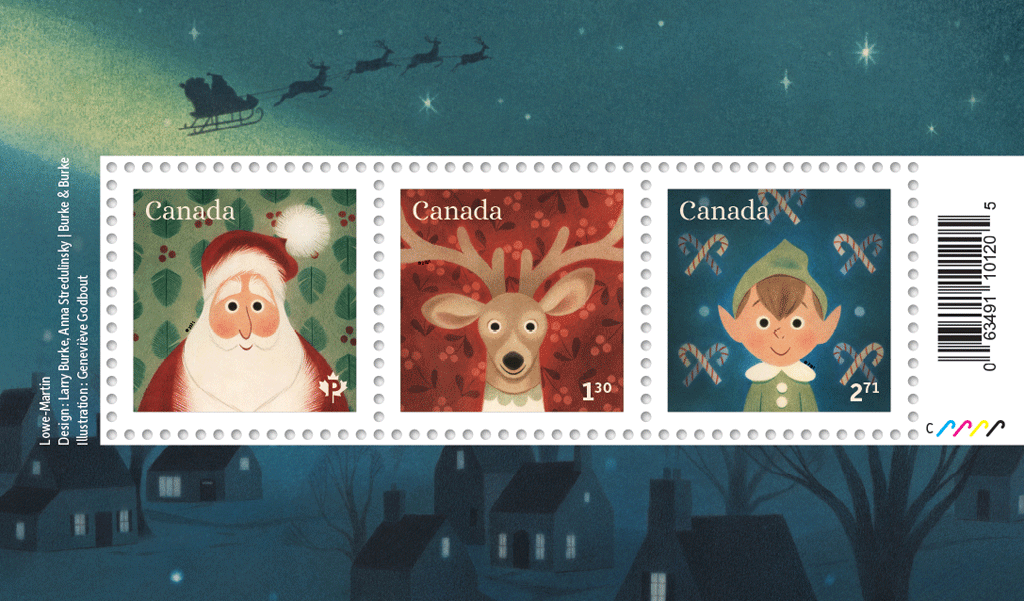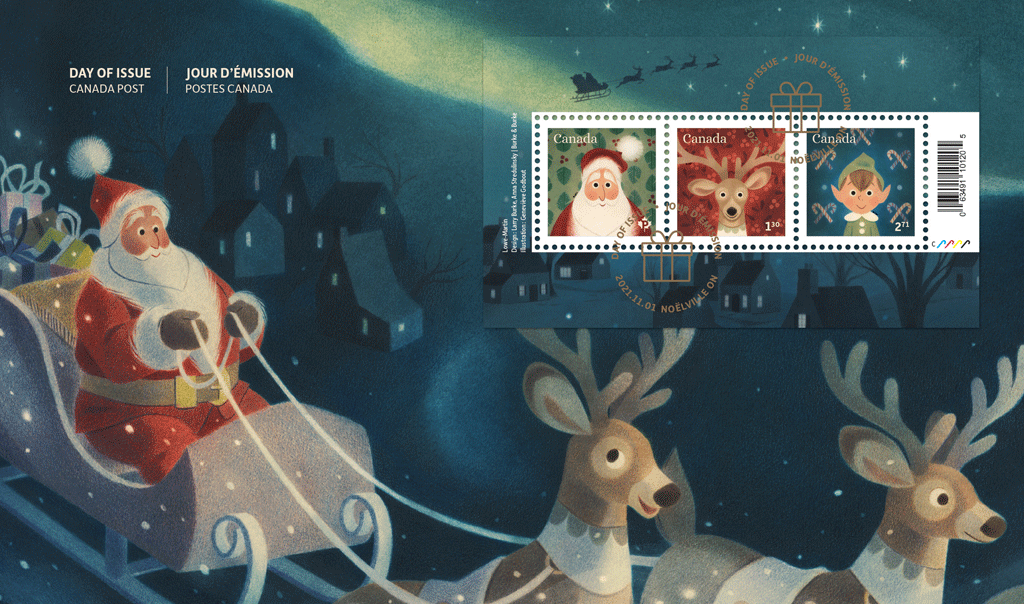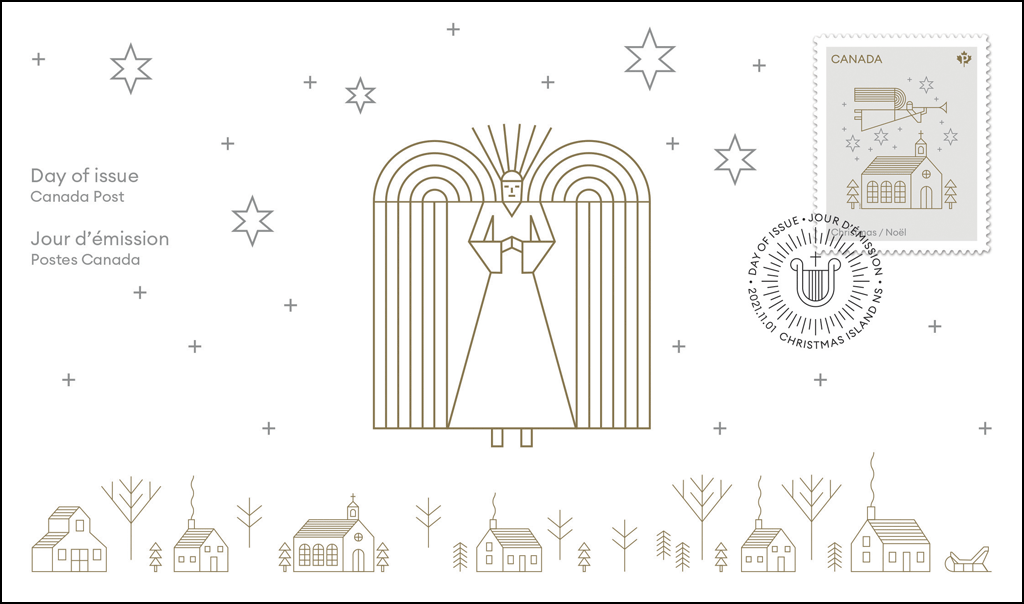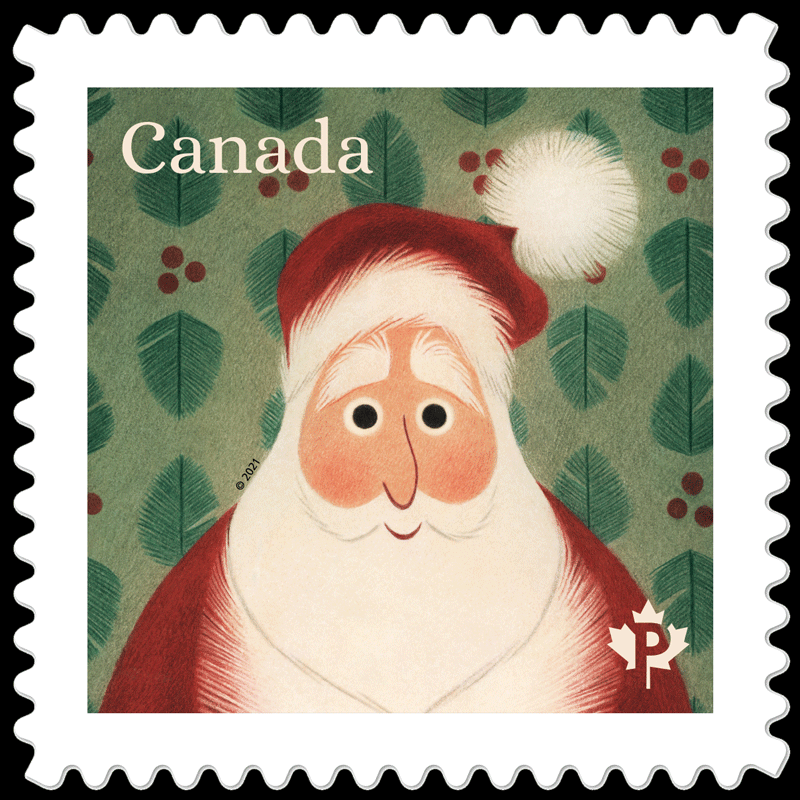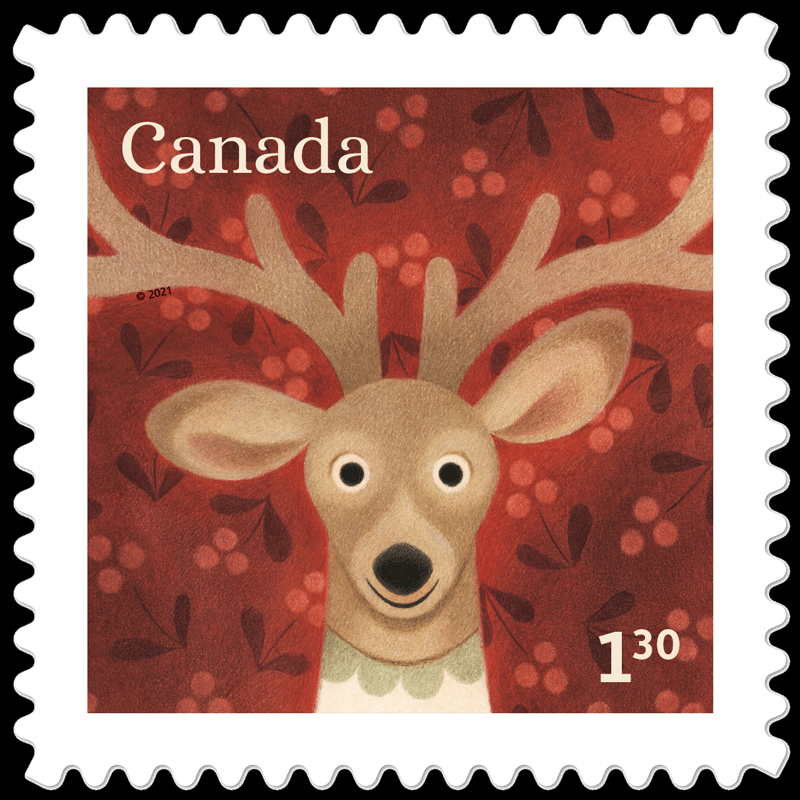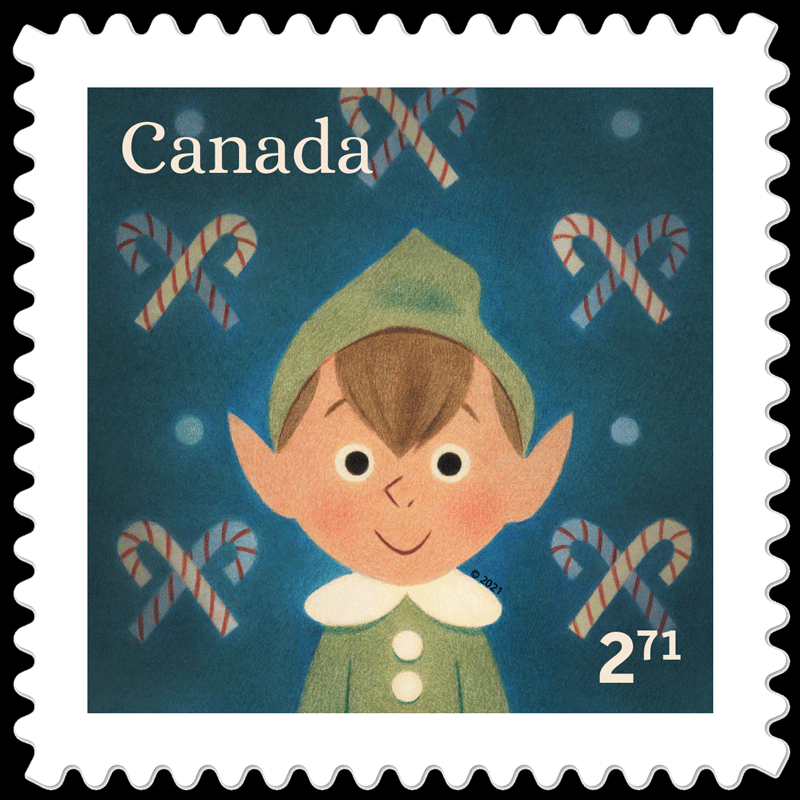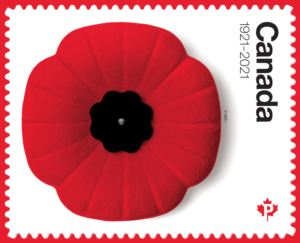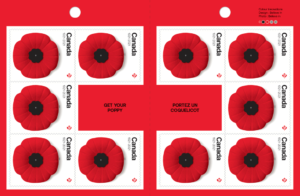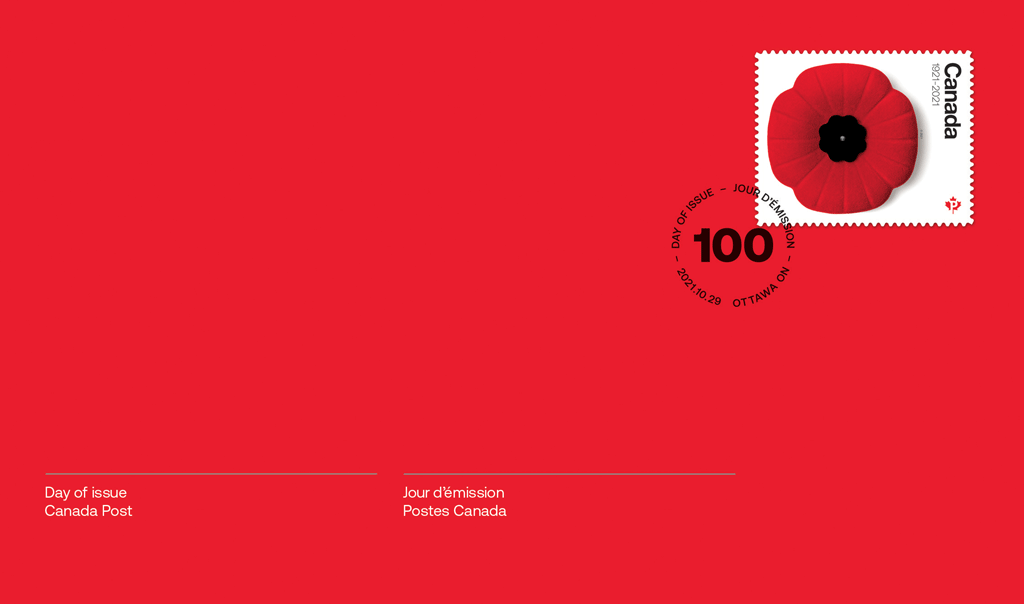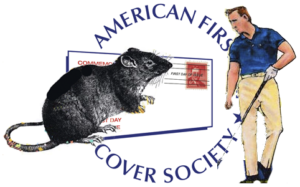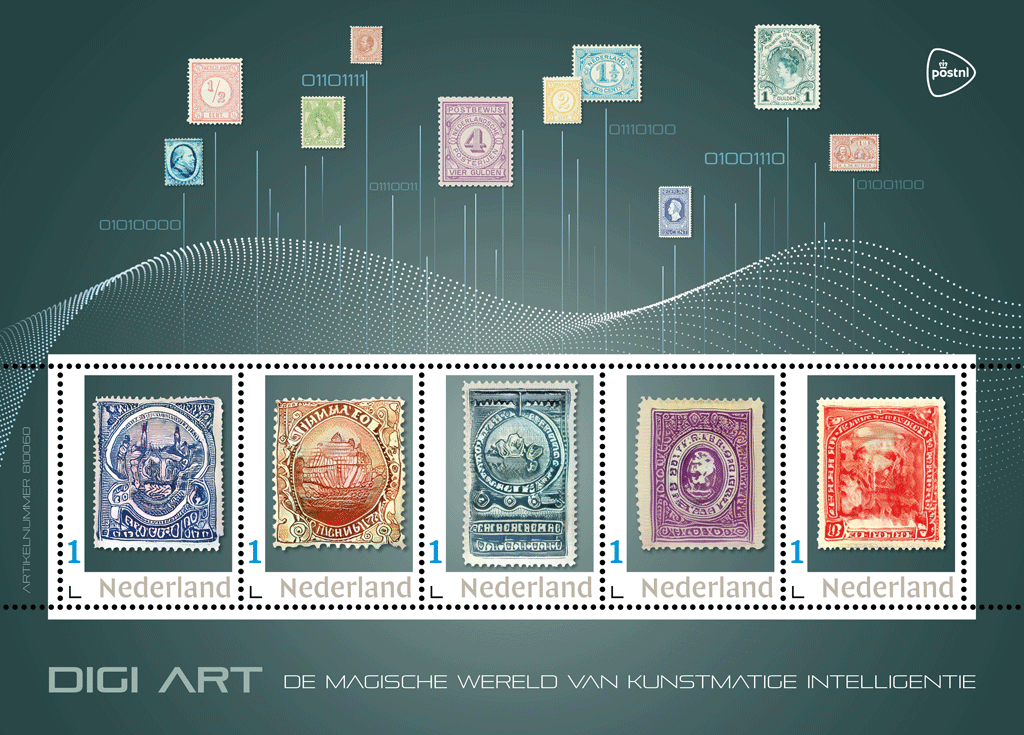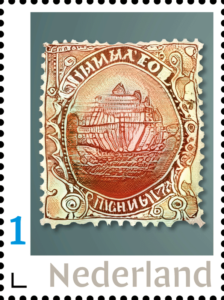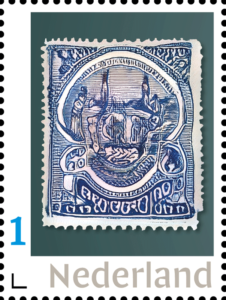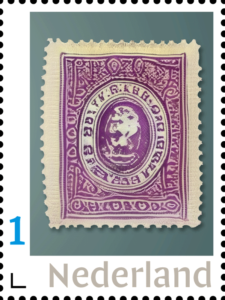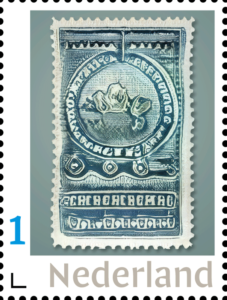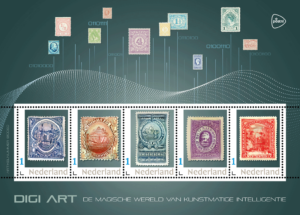Announced November 1, 2021:
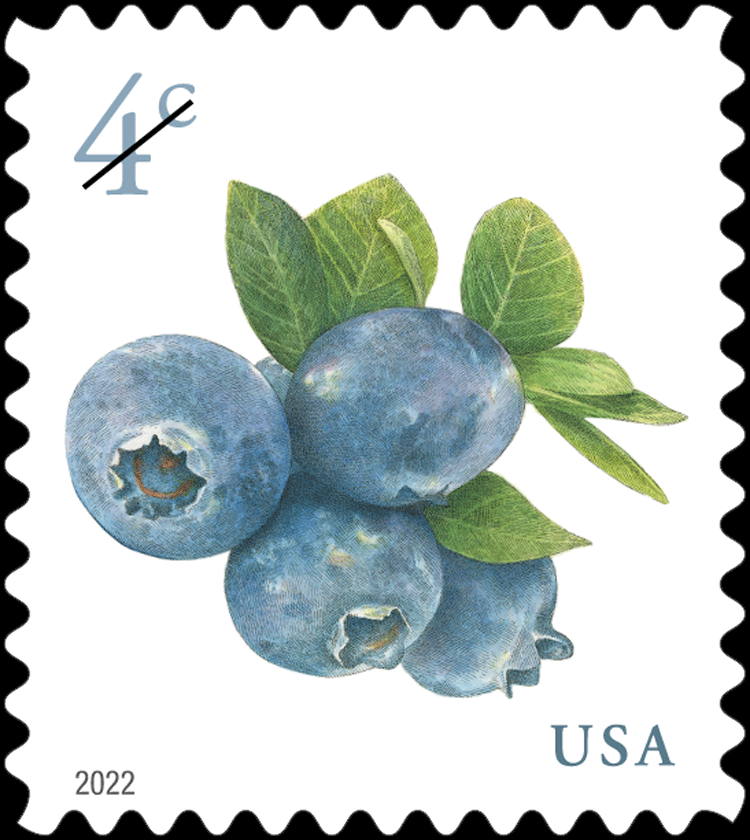 The new 4-cent Blueberries stamp will be available for sale in panes of 20 and coils of 3,000 and 10,000. The stamp features a pen, ink and watercolor illustration of a cluster of blueberries and leaves. Blueberries will join other similarly designed low-denomination stamps available separately for purchase: 1-cent Apples, 2-cent Meyer Lemons, 3-cent Strawberries, 5-cent Grapes and 10-cent Pears. Art director Derry Noyes designed the stamps using existing illustrations by John Burgoyne.
The new 4-cent Blueberries stamp will be available for sale in panes of 20 and coils of 3,000 and 10,000. The stamp features a pen, ink and watercolor illustration of a cluster of blueberries and leaves. Blueberries will join other similarly designed low-denomination stamps available separately for purchase: 1-cent Apples, 2-cent Meyer Lemons, 3-cent Strawberries, 5-cent Grapes and 10-cent Pears. Art director Derry Noyes designed the stamps using existing illustrations by John Burgoyne.
Additional information will be posted below the line, with the newest at the top.
Updated February 9th:
Here are the Scott catalogue numbers:
• 5652 4c Blueberries, serpentine die cut 11¼x11
• 5653 4c Blueberries coil stamp, serpentine die cut 10¾ vert.
Updated December 16th:
Paper type corrected for all three varieties in “Technical Specifications.”
Updated December 9th:
Only the FIRST DAY OF ISSUE cancel is available for this issue.
Updated December 3rd:
On January 9, 2022, in Blue Hill, ME, the United States Postal Service® will issue the 4-cent denominated Blueberries stamp in one design, in a pressure-sensitive adhesive 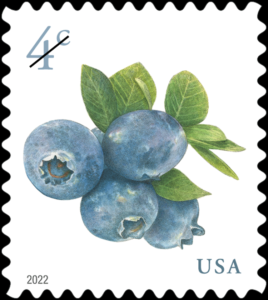 (PSA) pane of 20 stamps (Item 121600), a PSA Coil of 3,000 stamps (Item 750600), and a PSA Coil of 10,000 stamps (Item 760800). This stamp will go on sale nationwide January 9, 2022, and must not be sold or canceled before the first-day-of-issue.
(PSA) pane of 20 stamps (Item 121600), a PSA Coil of 3,000 stamps (Item 750600), and a PSA Coil of 10,000 stamps (Item 760800). This stamp will go on sale nationwide January 9, 2022, and must not be sold or canceled before the first-day-of-issue.
Blueberries, a new 4-cent definitive stamp, will be available for sale in panes of 20 and coils of 3,000 and 10,000. The stamp features a pen, ink, and watercolor illustration of a cluster of blueberries and leaves. Art director Derry Noyes designed this stamp using an existing illustration by John Burgoyne.
- Item 121600, Blueberries, 4 Cents, Pane of 20 Stamps: No automatic distribution.
- Item 750600, Blueberries, 4 Cents, Coil of 3,000 Stamps: No automatic distribution.
- Item 760800, Blueberries, 4 Cents, Coil of 10,000 Stamps: No automatic distribution.
How to Order the First-Day-of-Issue Postmark:
Customers have 120 days to obtain the first-day-of-issue postmark by mail. Each cover must have sufficient postage to meet First-Class Mail® requirements. They may purchase new stamps at their local Post Office™ or at The Postal Store® website at usps.com/shop. They must affix the stamps to envelopes of their choice, address the 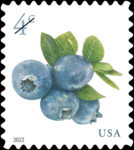 envelopes (to themselves or others), and place them in a larger envelope addressed to:
envelopes (to themselves or others), and place them in a larger envelope addressed to:
FDOI – Blueberries Stamp
USPS Stamp Fulfillment Services
8300 NE Underground Drive, Suite 300
Kansas City, MO 64144-9900
After applying the first-day-of-issue postmark, the Postal Service™ will return the envelopes through the mail. There is no charge for the postmark up to a quantity of 50. There is a 5-cent charge for each additional postmark over 50. All orders must be postmarked by May 9, 2022.
Technical Specifications — Pane of 20:
Issue: Blueberries Stamp
Item Number: 121600
Denomination & Type of Issue: 4-cent Denominated, Mail-use
 Format: Pane of 20 (1 design)
Format: Pane of 20 (1 design)
Series: N/A
Issue Date & City: January 9, 2022, Blue Hill, ME 04614
Art Director: Derry Noyes, Washington, DC
Designer: Derry Noyes, Washington, DC
Illustrator: John Burgoyne, West Barnstable, MA
Modeler: Sandra Lane/Michelle Finn
Manufacturing Process: Offset, Microprint
Printer: Banknote Corporation of America
Press Type: Gallus RCS
Stamps per Pane: 20
Print Quantity: 20,000,000
Paper Type: Nonphosphored Type III
Adhesive Type: Pressure-sensitive
Stamp Orientation: Vertical
Image Area (w x h): 0.73 x 0.84 in./18.542 x 21.336 mm
Stamp Size (w x h): 0.87 x 0.98 in./22.098 x 24.892 mm
Pane Size (w x h): 5.30 x 4.88 in./134.62 x 123.952 mm
Colors: Cyan, Magenta, Yellow, Black, Pantone 535, Pantone 5415
Plate Size: 120 stamps per revolution
Plate Number: “B” followed by six (6) single digits
Marginal Markings:
Front: Plate number in four corners
Back: ©2021 USPS • Barcode • USPS Logo • 2 barcodes (121600) • Plate position diagram (6) • Promotional text
Technical Specifications — Coil of 3,000:
Issue: Blueberries Stamp
Item Number: 750600
Denomination & Type of Issue: 4-cent Denominated, Mail-use
 Format: Coil of 3,000 (1 design)
Format: Coil of 3,000 (1 design)
Series: N/A
Issue Date & City: January 9, 2022, Blue Hill, ME 04614
Art Director: Derry Noyes, Washington, DC
Designer: Derry Noyes, Washington, DC
Existing Art: John Burgoyne, West Barnstable, MA
Modeler: Sandra Lane/Michelle Finn
Manufacturing Process: Offset, Microprint
Printer: Banknote Corporation of America
Press Type: Alprinta 74
Stamps per Coil: 3,000
Print Quantity: 9,000,000 stamps
Paper Type: Nonphosphored Type III
Adhesive Type: Pressure-sensitive
Colors: Cyan, Magenta, Yellow, Black, Pantone 535, Pantone 5415
Stamp Orientation: Vertical
Image Area (w x h): 0.73 x 0.84 in./18.542 x 21.336 mm
Stamp Size (w x h): 0.87 x 0.98 in./22.098 x 24.892 mm
Plate Size: 540 stamps per revolution
Plate Number: “B” followed by six (6) single digits
Coil Number Frequency: Plate number every 27th stamp below stamp image
Technical Specifications — Coil of 10,000:
Issue: Blueberries Stamp
Item Number: 760800
Denomination & Type of Issue: 4-cent Denominated, Mail-use
Format: Coil of 10,000 (1 design)
Series: N/A
 Issue Date & City: January 9, 2022, Blue Hill, ME 04614
Issue Date & City: January 9, 2022, Blue Hill, ME 04614
Art Director: Derry Noyes, Washington, DC
Designer: Derry Noyes, Washington, DC
Existing Art: John Burgoyne, West Barnstable, MA
Modeler: Sandra Lane/Michelle Finn
Manufacturing Process: Offset, Microprint
Printer: Banknote Corporation of America
Press Type: Alprinta 74
Stamps per Coil: 10,000
Print Quantity: 200,000,000 stamps
Paper Type: Nonphosphored Type III
Adhesive Type: Pressure-sensitive
Colors: Cyan, Magenta, Yellow, Black, Pantone 535, Pantone 5415
Stamp Orientation: Vertical
Image Area (w x h): 0.73 x 0.84 in./18.542 x 21.336 mm
Stamp Size (w x h): 0.87 x 0.98 in./22.098 x 24.892 mm
Plate Size: 540 stamps per revolution
Plate Number: “B” followed by six (6) single digits
Coil Number Frequency: Plate number every 27th stamp below stamp image

